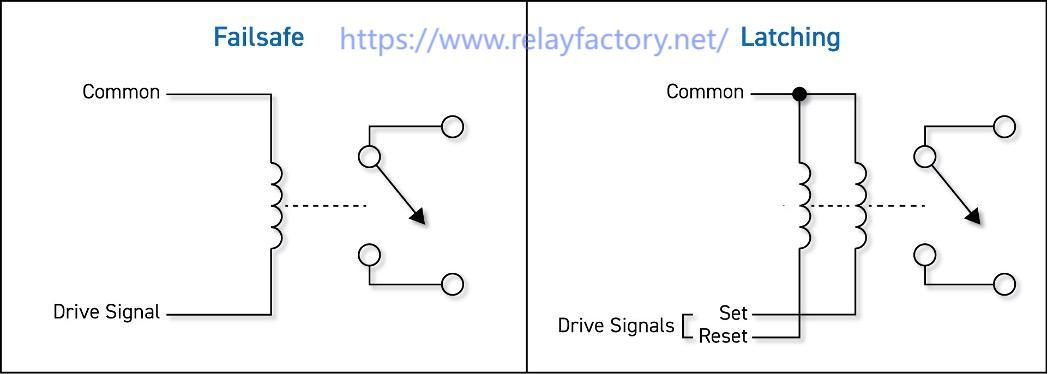Understanding the Concept
In modern electrical and automation systems, the Latching Relay has become an indispensable component. Unlike ordinary relays that return to their default position when power is removed, latching relays maintain their last state until a new signal is received. This ability to “remember” the position makes them particularly useful in applications where energy efficiency and precise control are essential.
Think of it as a light switch that stays in the on or off position without consuming extra power. This simple feature provides long-term advantages in terms of reliability, safety, and cost-effectiveness.
Why Latching Relays Matter
For industrial systems, consistent operation without continuous energy draw is crucial. Latching relays allow devices and circuits to maintain their state even during power interruptions. This minimizes the risk of accidental resets, reduces wear on mechanical components, and lowers overall energy consumption. In factories, buildings, and automated systems, this translates into fewer maintenance requirements and more predictable performance.
These relays are often chosen for control panels, motor circuits, and remote-operated devices. Anywhere that benefits from a persistent state without constant input, a latching relay provides a dependable solution.
Applications Across Industries
Latching relays can be found in a wide variety of setups. In lighting systems, they control large numbers of fixtures without needing constant power. In security or access control, they manage locks or gates, holding their state until intentionally changed. They are also used in renewable energy systems to maintain operational sequences during fluctuating power conditions.
In every case, the relay’s ability to “remember” its position reduces the workload on operators and improves system stability.
Design and Reliability
Building a reliable latching relay requires careful attention to materials and assembly. Contacts must be durable to withstand repeated switching, while coils and mechanisms are calibrated to respond to signals precisely. During production, each relay is tested to ensure it latches and unlatches correctly, even after extended periods of inactivity.
The compact design of most latching relays allows integration into crowded control panels without compromising performance. Some models even include visual indicators, making it easy for operators to verify status at a glance.
Advantages in Modern Systems
The main benefits of latching relays include energy savings, reduced mechanical stress, and operational consistency. By not requiring continuous coil energization, they help minimize heat generation and energy costs. Their persistent state ensures that processes remain uninterrupted during short power outages, and their durable construction enhances longevity.
Operators and engineers alike appreciate the simplicity and efficiency that latching relays bring to their systems. They are small, often unnoticed, but their impact on reliability and energy management is substantial.
A Device You Can Trust
For anyone managing automation, building control, or industrial operations, the Latching Relay is a component worth considering. It combines intelligent control with practical efficiency, giving both systems and users confidence. Each unit is crafted to deliver consistent performance and adapt to a variety of electrical environments. To explore reliable latching relay solutions and learn more about their applications, visit https://www.relayfactory.net/ , where practical design meets precision engineering.

